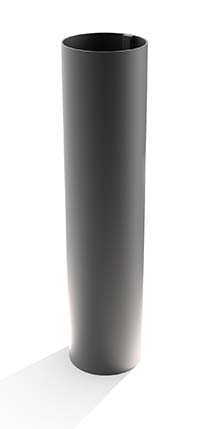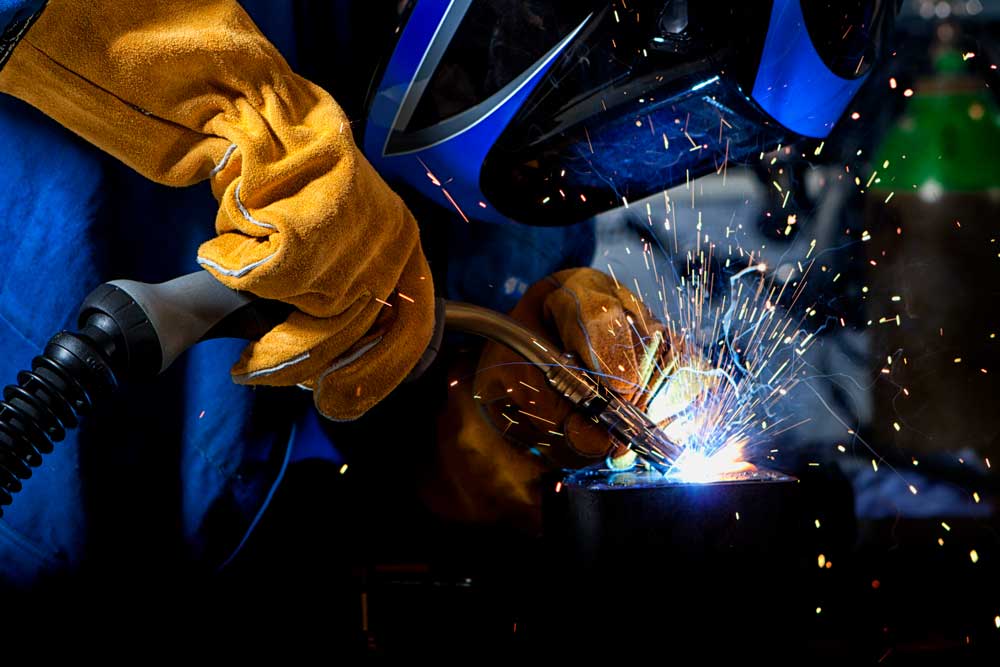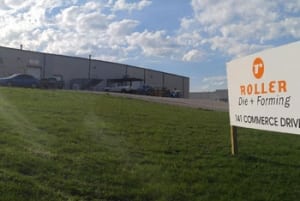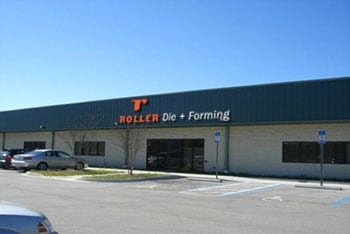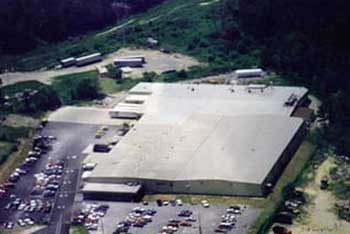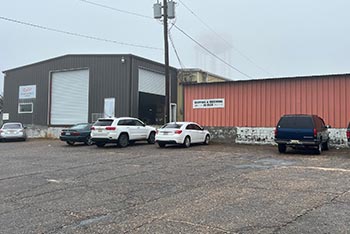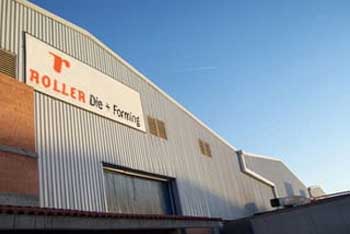As the price of steel and other raw materials continues to fluctuate and, largely, rise, the team at Roller Die is continuing to look for new ways to ensure the best possible custom metal roll forming pricing for our customers. While we have always focused on speed and quickly quoting new parts, that has become increasingly important when the price of raw materials changes quickly. For our customers, it also means that more of the variability of the cost is driven by current raw material pricing. It also means that the window during which a quote is valid is driven by the same market trends in steel prices.
Roller Die is financially strong, which has proven to be an advantage especially during the past two years. We are often able to get the steel needed to ship our customers’ roll formed parts when other companies quickly exhaust their available credit with the steel suppliers. We are also able to make bulk purchases when we find better priced steel, take advantage when the price dips, and continue to pay off and clear up our line of credit for the next purchase.
In the office, our sales team works hard to make sure all the project details and timelines are communicated to our customers and potential new clients. In addition to the costs to manufacture custom rollers and dies when needed, customers need to understand how the price of their part may change over time based on changes in the raw material price.
For those just doing a single run of their part, that may be less important, but many of our customers set up roll form tooling and then run parts weekly or at least several times a year. For those customers, changes in metal pricing can lead to a wide variation in piece price without good planning and volume projections.
If you’re interested in learning more about Roller Die + Forming and the many ways we help our customers with the roll forming process, reach out to a member of our sales team today. They can walk you through the design and engineering process, discuss material sourcing options, and make sure you’re comfortable with the steps we’re taking to ensure excellent quality control.

